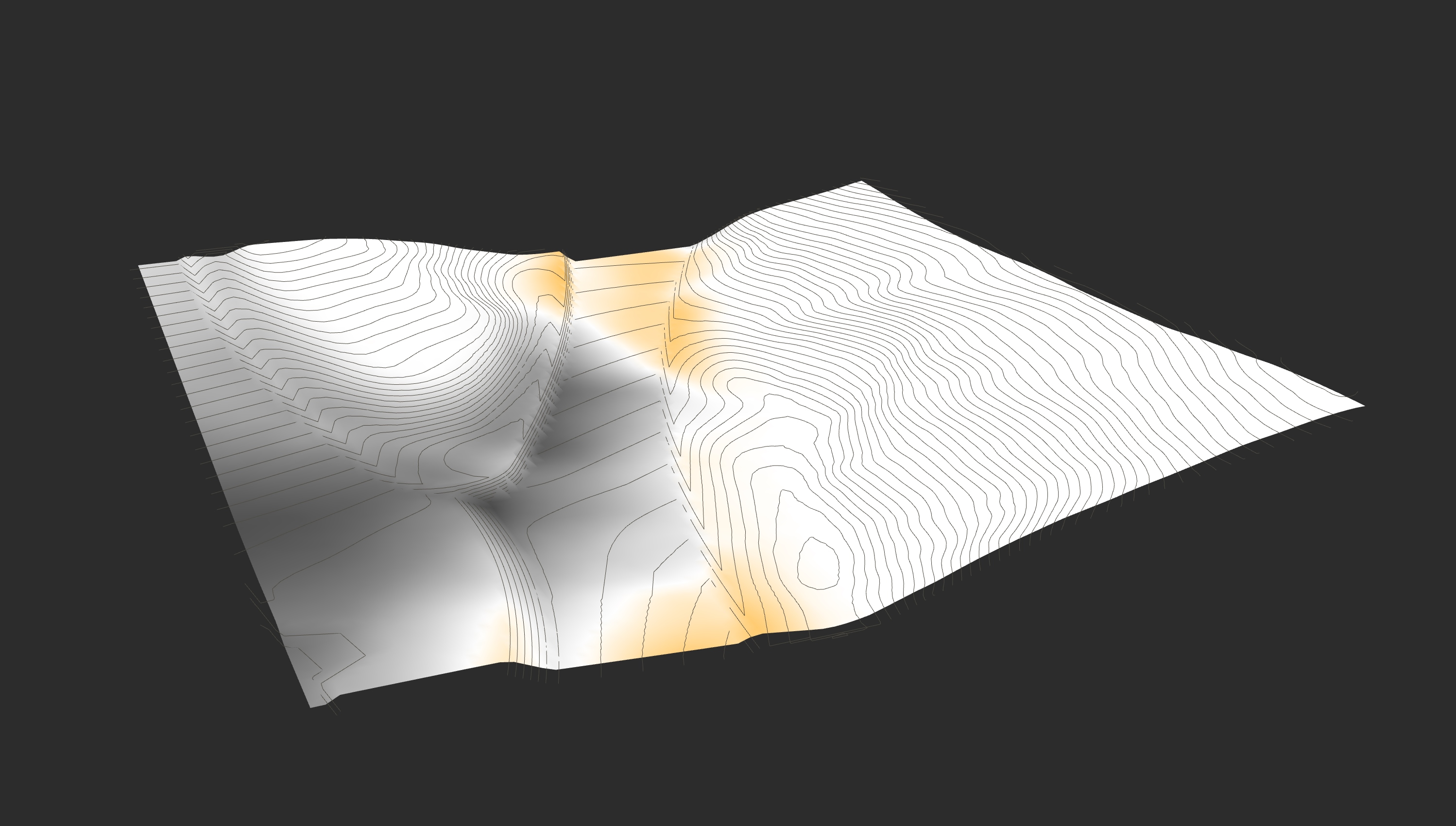Robots in the Landscape: Prototyping Autonomous Adaptation

















WORKSHOP LEADERS
SOCIAL: @shelbyedoyle @vtaad_ @weitzman_msdras @isu.arch @isucollegeofdesign @isu_ccl @vt_cdr @thetestcell @vtarchschool @land__kit
DESCRIPTION
While design robotics have allowed new modes of practice, the tools enabling radical advances in what is considered possible, are often only used on the most expensive projects. While technology has rapidly become available to more people, our community seems to have forgotten the foundation. Where does one start in addressing this?
Using robotic clay depositioning as a framework for learning, this workshop provides a full introduction to design robotics as a step toward democratizing access. It aims to break down the complexities of hardware and digital workflows in order to allow emerging designers to manipulate materials. The workshop will utilize Land KitTM, accessible workflows and features that help connect a Grasshopper-based design workflow for Rhino and evaluate designs for performance and printing.
Students will use robotic clay depositioning (clay 3D printing) to create a series of performative landscape design elements that range in scale and context, moving beyond architectural exuberance and exploring ways in which automation tooling (like robotic printing) might be used in landscape, stormwater management, public spaces, etc. This may include printing “full scale items”- planters, bricks, tiles, paving pavers etc. or we could print “scaled items” of larger landscapes.
Using robotic clay depositioning as a framework for learning, this workshop provides a full introduction to design robotics as a step toward democratizing access. It aims to break down the complexities of hardware and digital workflows in order to allow emerging designers to manipulate materials. The workshop will utilize Land KitTM, accessible workflows and features that help connect a Grasshopper-based design workflow for Rhino and evaluate designs for performance and printing.
Students will use robotic clay depositioning (clay 3D printing) to create a series of performative landscape design elements that range in scale and context, moving beyond architectural exuberance and exploring ways in which automation tooling (like robotic printing) might be used in landscape, stormwater management, public spaces, etc. This may include printing “full scale items”- planters, bricks, tiles, paving pavers etc. or we could print “scaled items” of larger landscapes.





